- Vietnam has a superior geographical position and is an important country for China's Belt and Road development
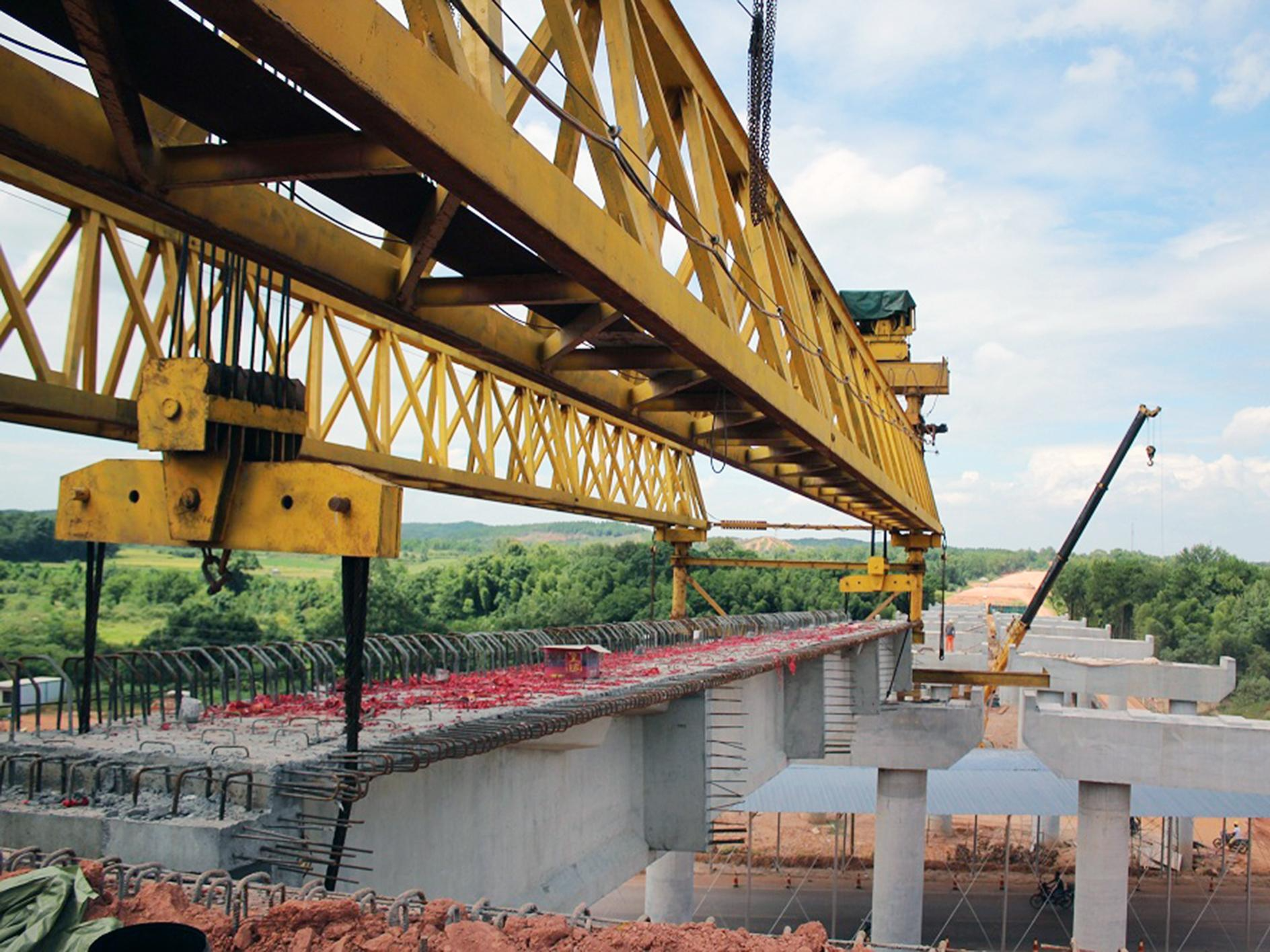
Vietnam is China's largest neighbor in Southeast Asia, and it is also an important node for China to promote the Belt and Road Initiative, especially the Maritime Silk Road. According to statistics from the Ministry of Commerce of China, the bilateral trade volume between China and Vietnam reached USD 133.09 billion in 2020, a year-on-year increase of 13.8%. So how does the Belt and Road Initiative promote exchanges and cooperation between China and Vietnam? Let's take a detailed inventory...
Vietnam situation
Vietnam is the only country in Southeast Asia that is connected to China by land and sea. It borders China's Guangxi and Yunnan on land, and has a common border of 1,300 kilometers. The sea has overlapping sea areas with China's Guangxi and Hainan outside the Beibu Gulf and the mouth of the bay, which is southwestern China. A must pass through the passage to the sea. In addition, ASEAN is an important part of China's neighboring diplomacy and trade, and it is also an important cooperation target for China to promote the Belt and Road Initiative. As an important fulcrum of cooperation between China and ASEAN, Vietnam assumes the role of a bridge to promote the development of China and ASEAN. The cooperation between China and Vietnam under the framework of the Belt and Road Initiative has played a good exemplary role in consolidating the consensus of the ASEAN member states on the Belt and Road Initiative and expanding the cooperation space.

On the other hand, China is currently in the middle and late stages of industrialization and has a lot of affluent production capacity that needs to be transferred. Vietnam has huge investment needs in the field of infrastructure, but lacks capital and technical strength itself, which is a good place for China's capacity transfer. Moreover, Vietnam is currently in the early stage of industrialization, and China is in urgent need of sufficient funds, advanced technology and equipment, and good management experience.
Phung Thi Hui, a researcher at the Institute of Chinese Studies of the Vietnamese Academy of Social Sciences, said that as an important part of the southern route of the One Belt One Road, Vietnam has broad development prospects and great strategic significance.
In November 2015, China and Vietnam signed a joint statement. The two sides agreed to promote China’s One Belt One Road Initiative and Vietnam’s two corridors and one ring development strategy to strengthen economic and trade cooperation between the local provinces of the two countries and promote sustainable economic growth.
Huang Xingqiu, a professor at the Vietnam Research Institute of Guangxi Normal University, said that the Belt and Road Initiative focuses on infrastructure construction, which is in line with the needs of China and Vietnam. Vietnam's participation in the Belt and Road Initiative will not only help Vietnam's infrastructure sector attract more Chinese investment, but also provide a platform for its products to enter the Chinese market more conveniently and promote economic development.
Since China proposed the Belt and Road Initiative, China and Vietnam have made smooth progress in policy communication, facility connectivity, unimpeded trade, financial connectivity, and people-to-people connectivity, and the results have been pragmatic. Yu Hong, a senior researcher at the Institute of East Asian Studies at the National University of Singapore, said: “The five links are a booster for the smooth progress of the Belt and Road Initiative in Vietnam. In this way, China can start from Fujian, enter Southeast Asia and South Asia through Vietnam, and then directly reach the many European markets. Trade routes."
In recent years, with the completion and commissioning of the China-Vietnam Three-High-Speed Four-Rail Bridge, the Hanoi Light Rail Line 2 (Jilin-Hadong) Project, and the Lao Cai-Hanoi-Haiphong Standard Gauge Railway Project, the Vietnamese government and people have received tangible benefits. Enterprises and China Construction have received repeated praise. Vietnamese Deputy Prime Minister Pham Binh Minh believes that this is a new opportunity for Vietnam's economic development, and the economic development of China and Vietnam will surely usher in a new world.
Three high-speed
The Nanning-Pingxiang (Youyiguan)-Langshan-Hanoi Expressway, of which the Nanning-Pingxiang section has been completed and opened to traffic, and the Hanoi-Pingxiang section of Vietnam is about 153 kilometers long and implemented in three sections. Among them, the Lang Son-Hanoi Expressway has a total length of 128 kilometers, which will be technically opened to traffic in September 2019, with a total investment of more than 12 trillion dong.
Nanning-Dongxing-Mong Cai-Halong-Hanoi Expressway, of which Guangxi Nanning-Dong Xing Expressway has been completed and opened to traffic. Hanoi-Mong Cai within Vietnam has a total length of 280 kilometers and is implemented in four sections. Among them, the Yuntun-Mongjie section of the expressway, as a key project of the cooperation between the two sides, was included in the "Joint Statement" issued by Xi Jinping's visit to Vietnam in November 2015. The Yuntun-Mangjie Expressway is designed to be 80.2 kilometers long, with 4 lanes, with a total investment of 11.119 trillion VND and a construction period of 48 months. Construction of this section started in April 2019 and is expected to be completed and put into operation in 2021. The remaining sections are under construction or have been completed.
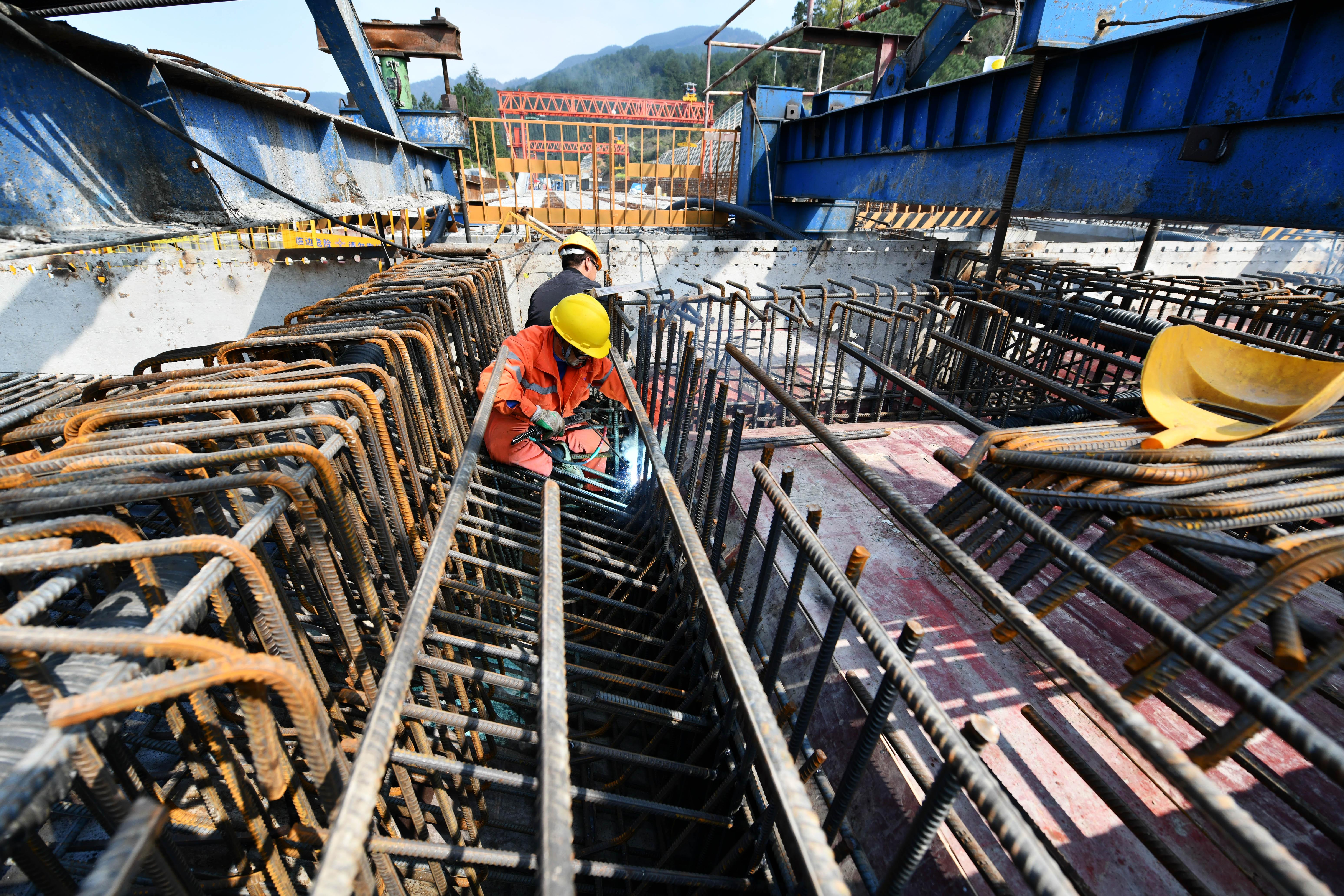
The Baise-Longbang-Gaoping-Hanoi Expressway, of which the Baise-Jingxi section and Jingxi-Longbang section of Guangxi have been completed and opened to traffic. All road sections in China have been completed and opened to traffic. The two expressways in Vietnam are Nanning-Pingxiang (Friendship Pass)-Lang Son-Hanoi Expressway, Nanning-Dongxing-Mong Cai-Halong-Hanoi. It is said that Vietnam is connected to China The entire high-speed line is advancing planning work.
Four Railways
Nanning-Pingxiang (Youyiguan)-Tongdeng-Hanoi Railway, of which the expansion and reconstruction of the Nanning-Pingxiang section in China was included in the 13th Five-Year Plan for National Railway Development. Construction started in 2017 and extended to Pingxiang in due course. The Hanoi-Tong Deng section in Vietnam has been included in the Vietnam National Railway Network Plan.
Fangchenggang-Dongxing-Haiphong-Hanoi Railway, of which the Chinese section has been compiled in accordance with the dual-line 250 km/h standard and completed scientific research and revision, and construction began in 2017; the Mong Cai-Halong section in Vietnam has been included in the Vietnam National Railway Network Plan.
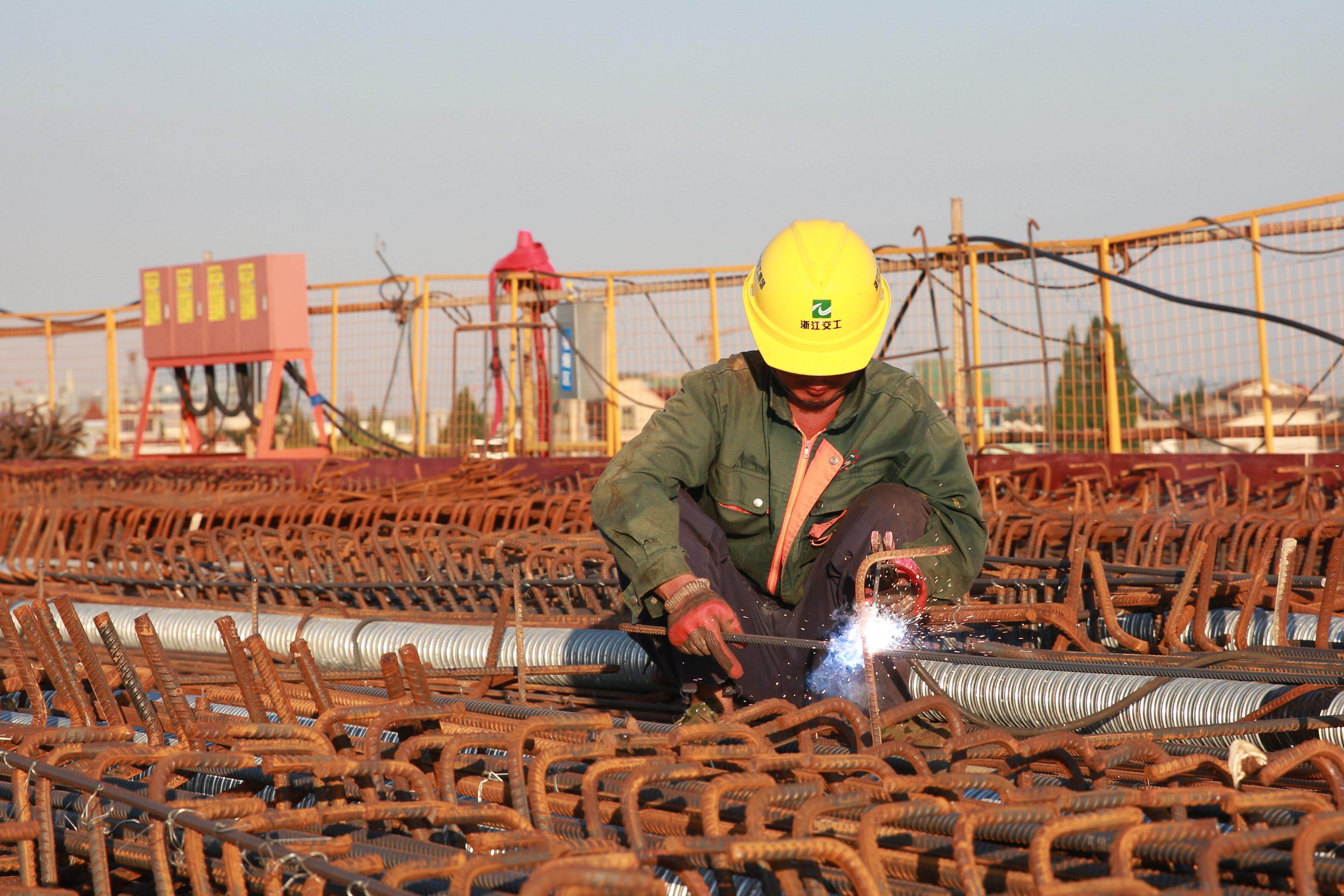
The Jilin-Hedong line urban railway is the first light rail in Vietnam, and it is also a key cooperation project of China-Vietnam One Belt One Road and Two Corridors and One Ring. The total length of the city railway is 13.05 kilometers, the adjusted total investment is 868 million U.S. dollars, and it has received financial support from the "Two Excellent" loans of the Export-Import Bank of China. The project was undertaken by China Railway Sixth Bureau in the form of EPC using Chinese technology and standards. The construction of the project started in October 2011, and the whole line of the project was erected in October 2016. It is planned to enter the joint debugging and joint test before the end of September 2017, and it will be officially launched in 2018. Put into operation.
For the Lao Cai-Hanoi-Haiphong standard gauge railway in Vietnam, the Fifth Railway Institute will send technicians to carry out the research of the route plan and related railway hubs, and prepare the Lao Cai-Hanoi-Haiphong standard gauge railway line planning report, including Lao Cai (Vietnam)-Hekou (Central) connection line, determine the new connection point of Vietnam-China railway and the railway line connecting Hanoi and Haiphong port hub. All work is planned to be completed before July 11, 2018.
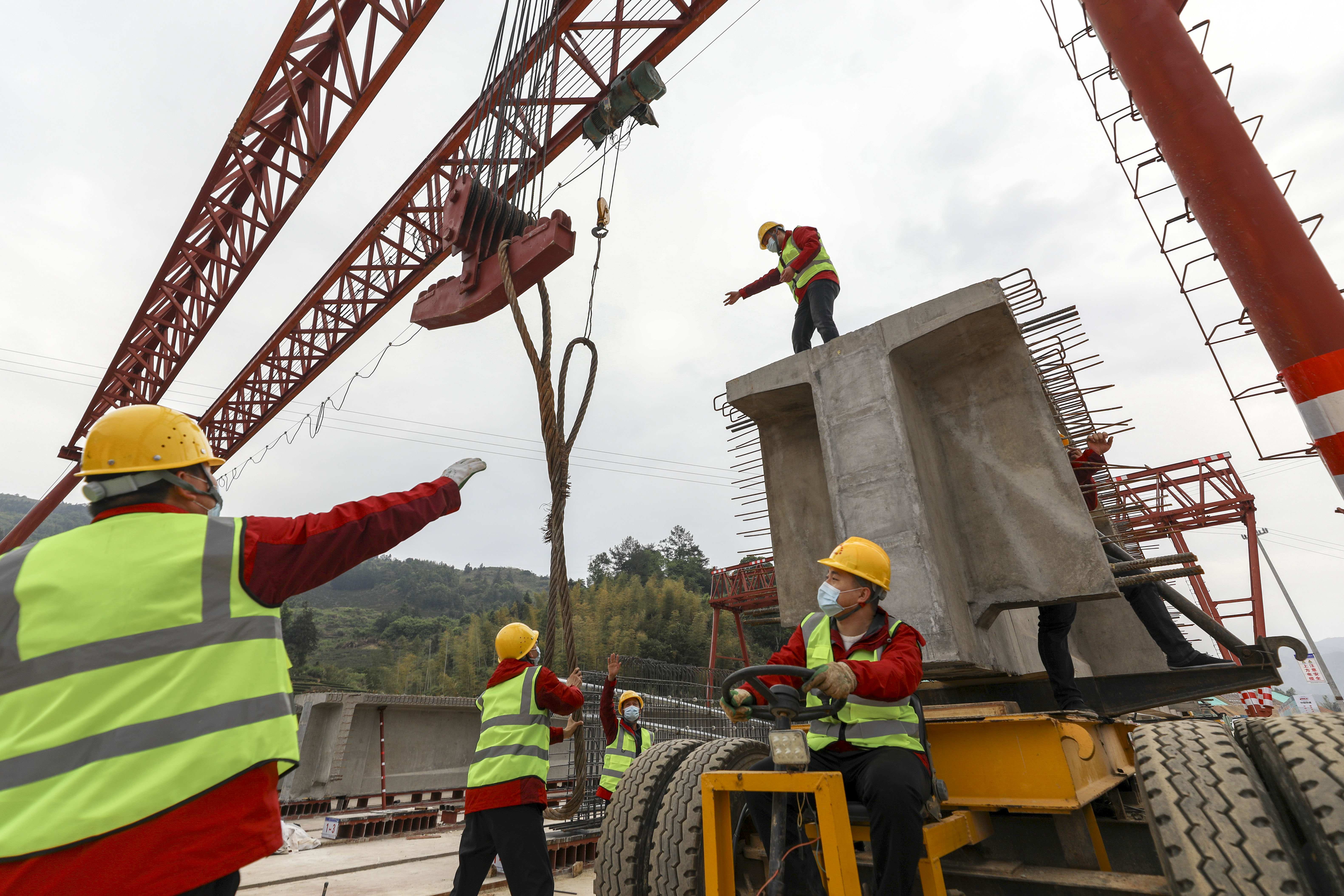
Nguyen Ngoc Dong of the Ministry of Transport of Vietnam stated that these subway projects are important projects in line with Vietnam's two-corridor and one-ring strategic plan. They are also the key to connecting Vietnam with Europe, Central Asia and other countries. They are of national strategic and international significance.
Three bridges
The Second Sino-Vietnamese Beilun River Bridge, located on the Beilun River at the junction of Dongxing City, Guangxi, China and Mang Cai City, Quang Ninh Province, Vietnam, has a total length of 549 meters, of which the Zhongfang Bridge is 394.5 meters long and the Vietnam Bridge is 154.5 meters long. The construction of the Chinese side of the bridge started on April 1, 2014, and the completion acceptance was completed on December 25, 2016. The Vietnam side project started on November 22, 2014, and the completion acceptance was completed on September 13, 2017. At present, the bridge has been officially completed and put into use.
Shuikou-Tuolong Second Bridge. This bridge is located on the Dong Kwai River at the junction of the China Shuikou Port and the Vietnam Tuolong Port. It starts from the K375 along the Chinese National Road 219 and ends with the Vietnam National Highway 3. The entire line adopts the first-class highway construction standard, two-way four lanes, and the preliminary design is 433.5 meters in length. The planned investment is 18.2 million yuan and the construction period is two years. The bridge started construction in May 2017 and has now been completed and opened to traffic.
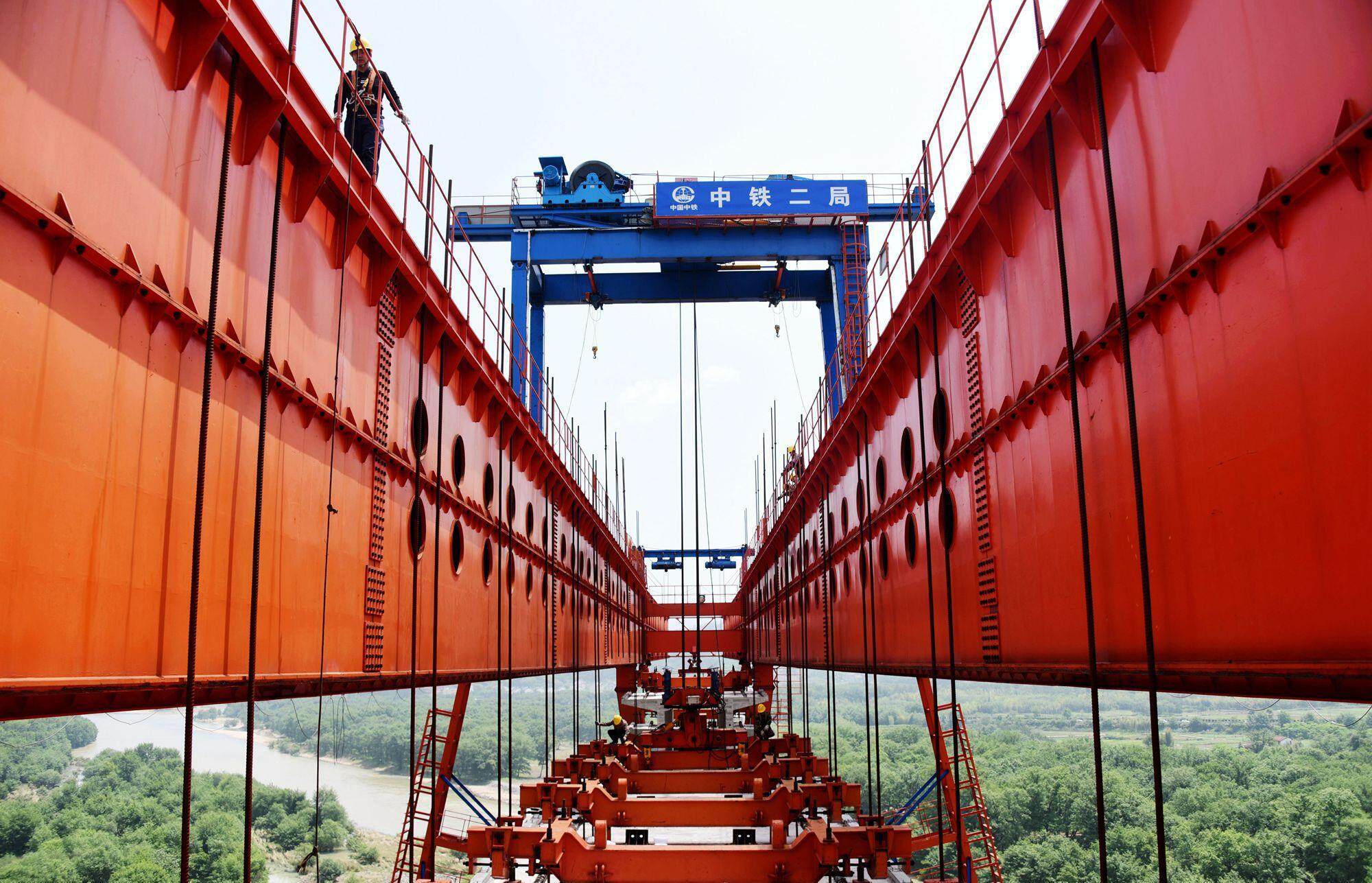
Dongzhong-Hengmo Bridge Maintenance and Renovation Project. The bridge is located between Fangcheng Port in Guangxi, China and Pingliao County in Vietnam. The planned investment for the bridge is 6.849 million yuan, of which the Chinese investment is 4.665 million yuan and the Vietnamese investment is 2.184 million yuan. The construction is divided into K and B lines. Among them, the K line connects the China Dongzhong Port Building and the Vietnam Hengmo Port Building, with a total length of 137.5 meters; the B line connects the China Dongzhong Port Freight Yard with the Vietnam Hengmo Port Freight Yard, with a total length of 205.75 meters. The construction period of the entire project is about one year.
Deng Bobei, deputy secretary of the Pingliao County Party Committee and Chairman of the County People’s Committee of Vietnam, said that the project is an important measure to further improve port infrastructure and accelerate the development of bilateral economic and trade.
China-Vietnam cooperation re-development
The General Administration of Statistics of Vietnam predicts that the growth rate of Vietnam's gross product (GDP) will exceed 2% in 2020. However, some economic experts believe that Vietnam’s GDP growth rate is expected to reach 3%-3.5% in 2020.
In the third quarter of 2020, Vietnam’s total exports reached US$80.07 billion, an increase of 11% year-on-year, and 26.6% and 34% respectively over the first and second quarters of 2020. In the first nine months of this year, Vietnam’s total merchandise exports reached US$202.86 billion, a year-on-year increase of 4.2%. Among them, domestic enterprises are still the main driving force of Vietnam's export growth, with exports reaching 71.83 billion U.S. dollars, an increase of 20.2%, accounting for 35.4% of Vietnam's total exports.
The Prime Minister of the Vietnamese Government Nguyen Xuan Phuc stated that the main reason why the Vietnamese economy continues to develop well is the result of strengthening solidarity and mutual trust with China and promoting practical cooperation. Especially after linking the two corridors and one circle with the Belt and Road Initiative, it has effectively promoted regional connectivity and sustainable development.
Based on the construction of the China-Vietnam three high-speed four-rail three bridges, the trade channel between China and Vietnam has been fully opened, and the smooth trade has injected new vitality into the economic growth of China and Vietnam. Vietnam has become China's 6th largest exporter and 11th largest importer, while China has become Vietnam's largest trading partner for 12 consecutive years. In the context of the current prevalence of global trade protectionism, isolationism and populism, especially after the United States announced its withdrawal from the TPP, it is of great significance for China and Vietnam to strengthen economic and trade cooperation.

In addition, China and Vietnam have also launched close cooperation in infrastructure, financial and currency fields, and jointly promoted the construction of cross-border economic cooperation zones and industrial parks. The industries of China and Vietnam are highly complementary. China's manufacturing industry has rich technology and management experience. China and Vietnam can further strengthen cooperation in production capacity in the fields of textiles, electronics, building materials, auxiliary industries, equipment manufacturing, electricity, and renewable energy. This will not only help promote the interconnection of infrastructure between the two sides, but also help increase the level of industrialization in Vietnam, promote the rapid development of bilateral economic and trade, and thus promote the regional economic growth of ASEAN.
China and Vietnam are pragmatically advancing maritime cooperation, implementing the consensus reached by both sides, taking bilateral consultations as the correct way, taking cooperative development as the common goal, properly handling and managing maritime differences, gradually accumulating consensus, and expanding common interests.
The China-Indochina Peninsula Economic Corridor, as one of the six major economic corridors in the joint construction of the Belt and Road Initiative, is of great significance to the implementation of the Belt and Road Initiative. The strengthening of comprehensive cooperation in the fields of economy, trade and finance between China and Vietnam will greatly promote the region including ASEAN. economic development. Continuously consolidating and developing China-Vietnam good-neighborly, friendly and cooperative relations is in the fundamental interests of the people of the two countries and the people in the region. As the high-level leaders of the two countries lead various departments to deepen practical cooperation, China-Vietnam friendly cooperation will make new progress in all fields, and cooperation in the fields of economy, trade, science and technology will be further strengthened. With the increasingly close cooperation between the two sides in economic and trade and other fields, and the advancement of the joint construction of the Belt and Road Initiative and the two corridors and one ring, the China-Vietnam community of shared future will become closer. Editor/Tian Zengpeng
Comment
 Praise
Praise
 Collect
Collect
 Comment
Comment
 Search
Search


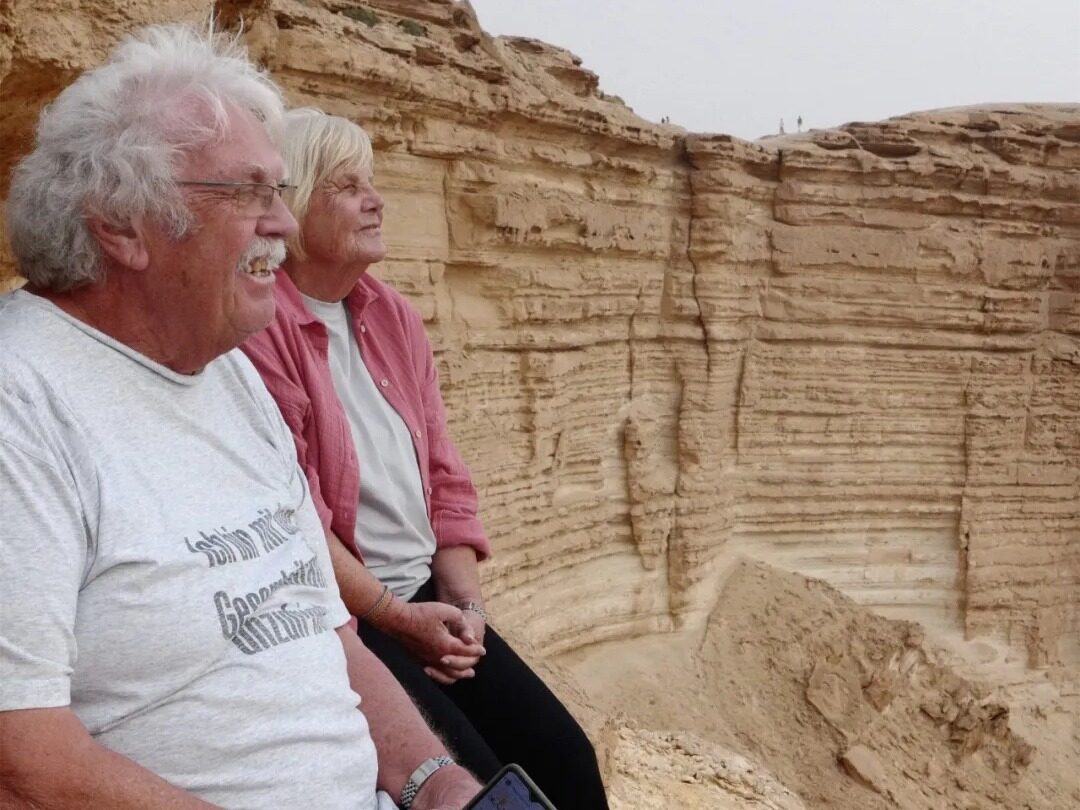
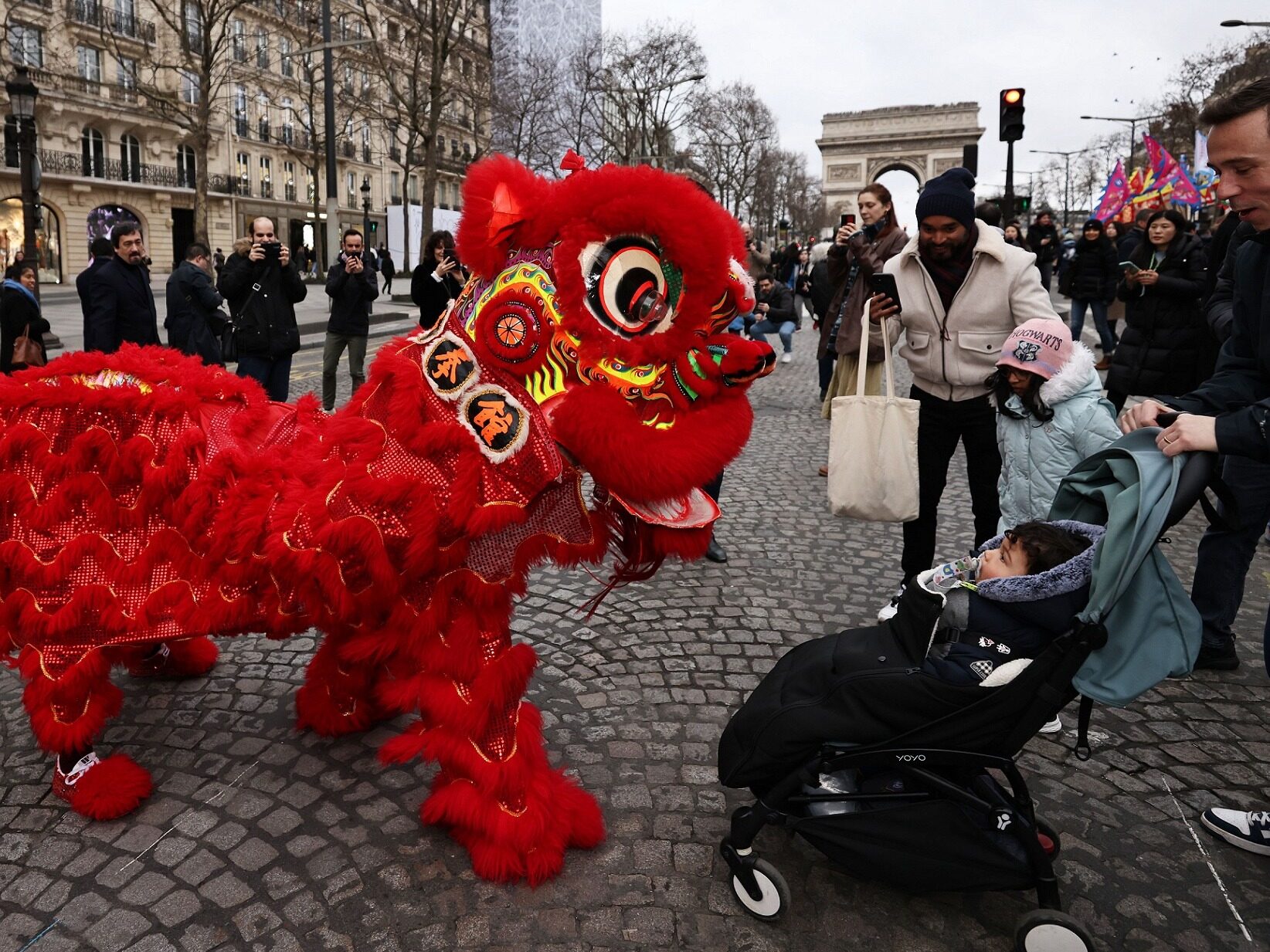
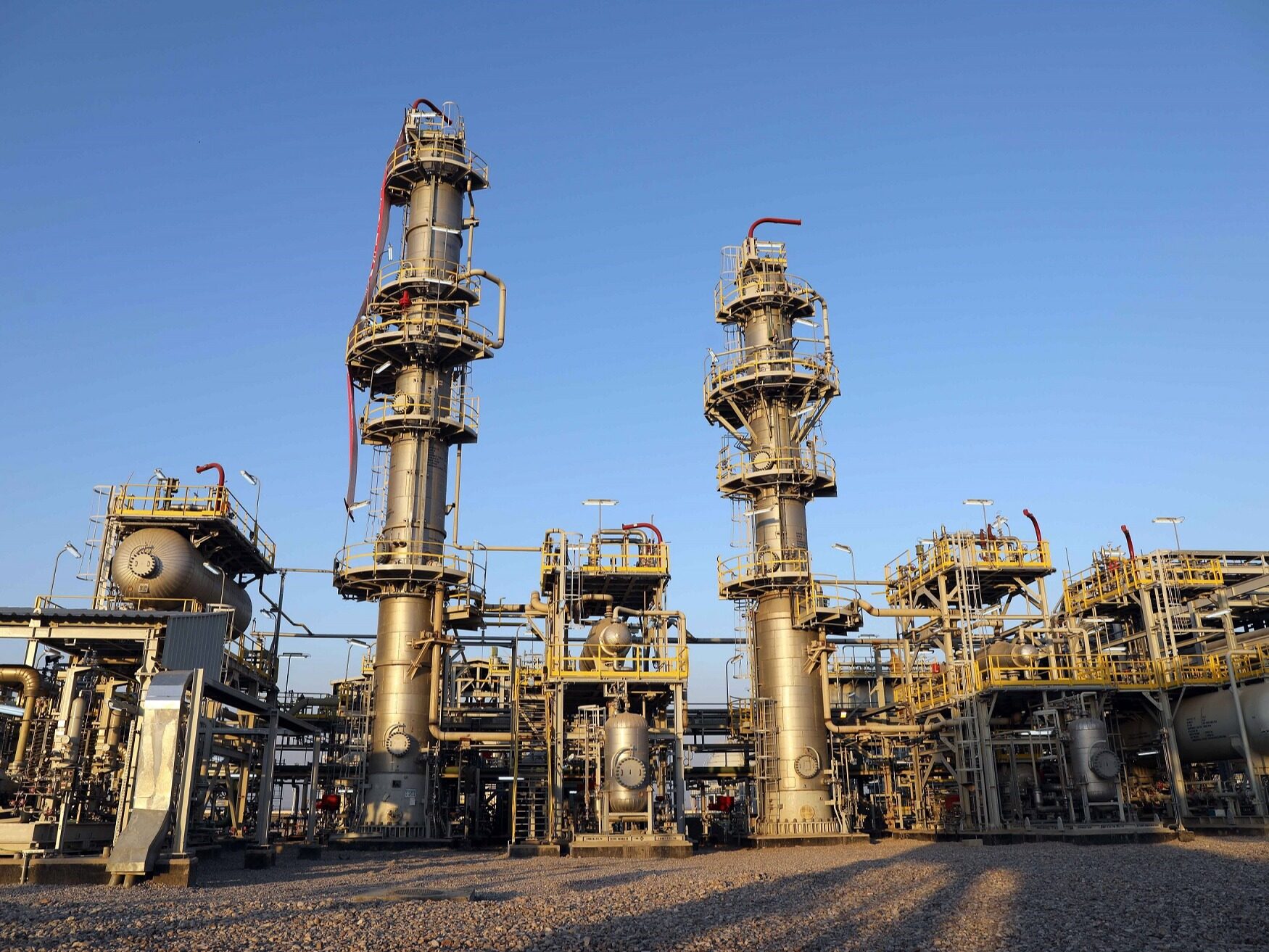
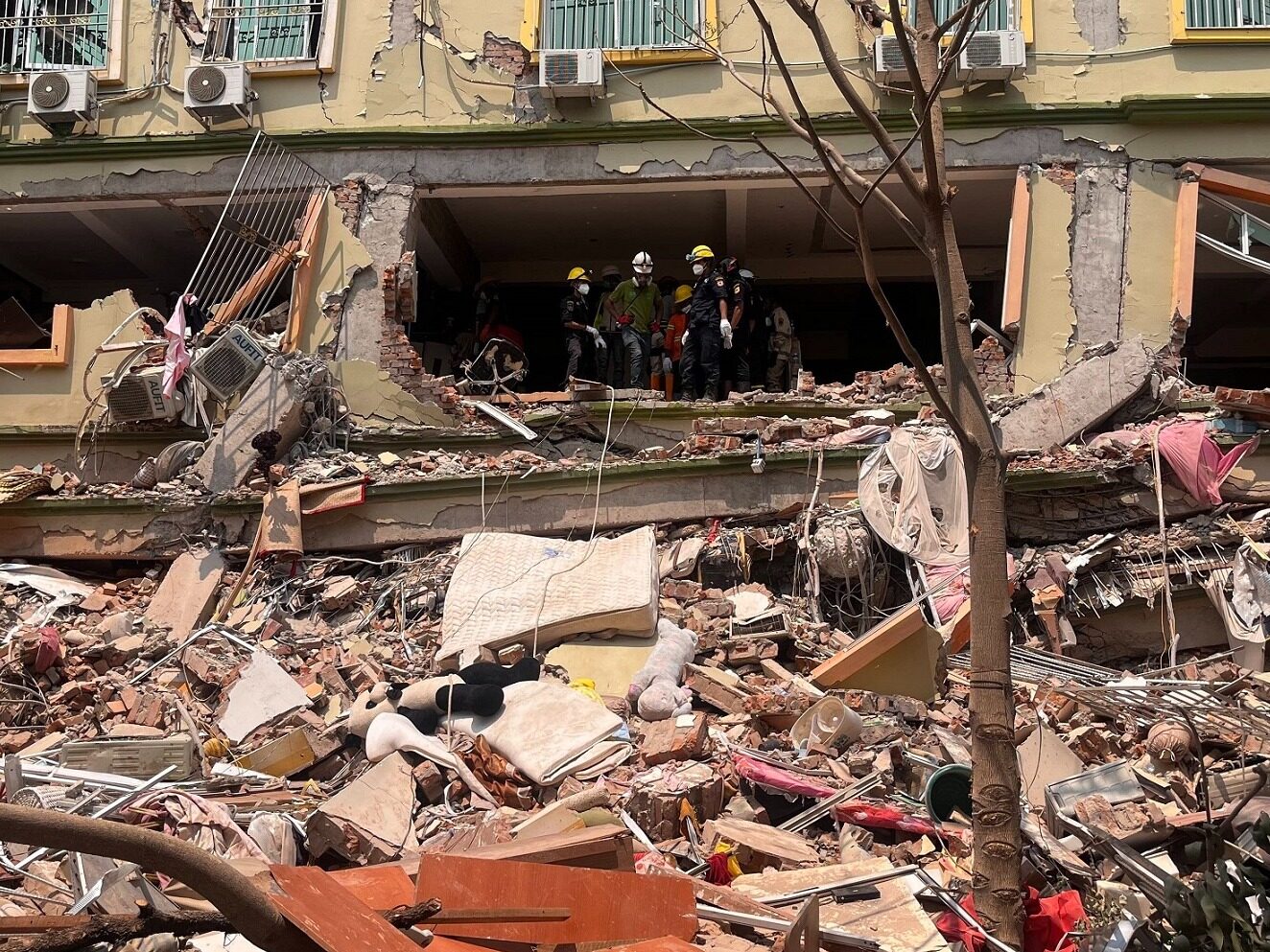
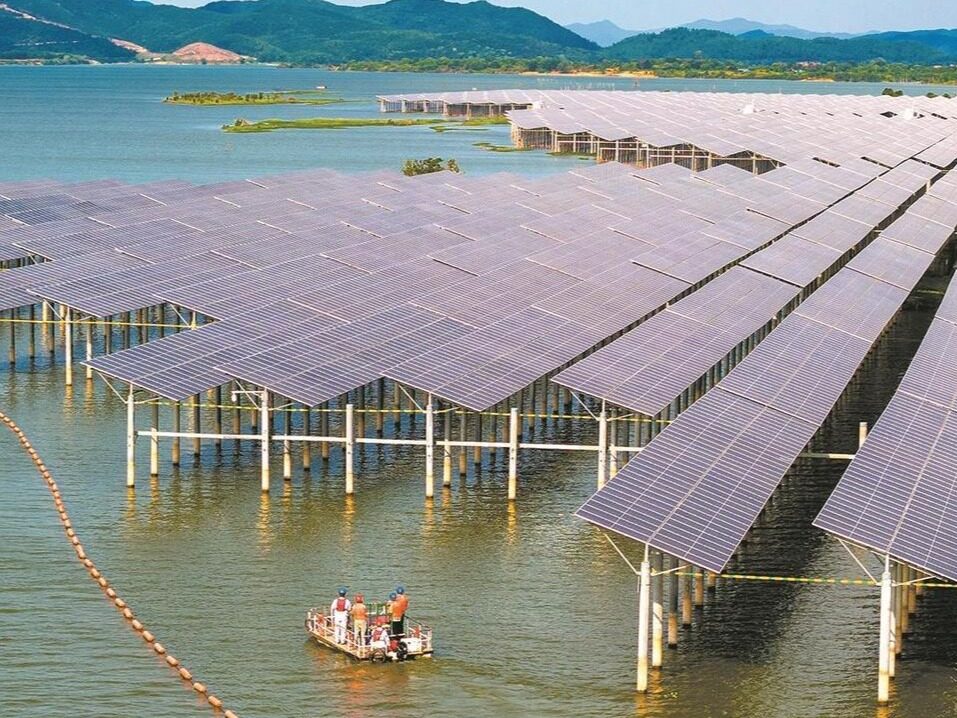
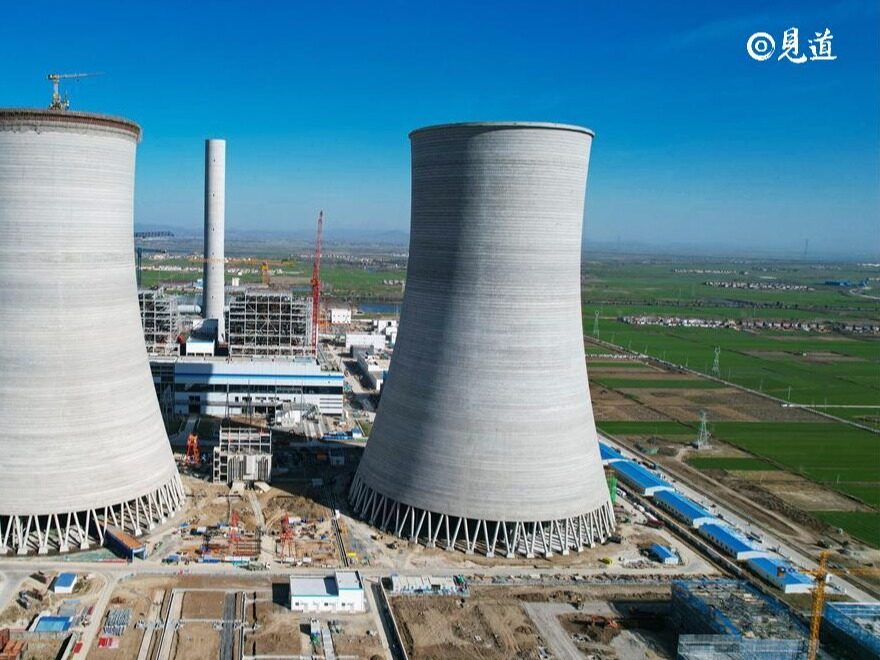






Write something~